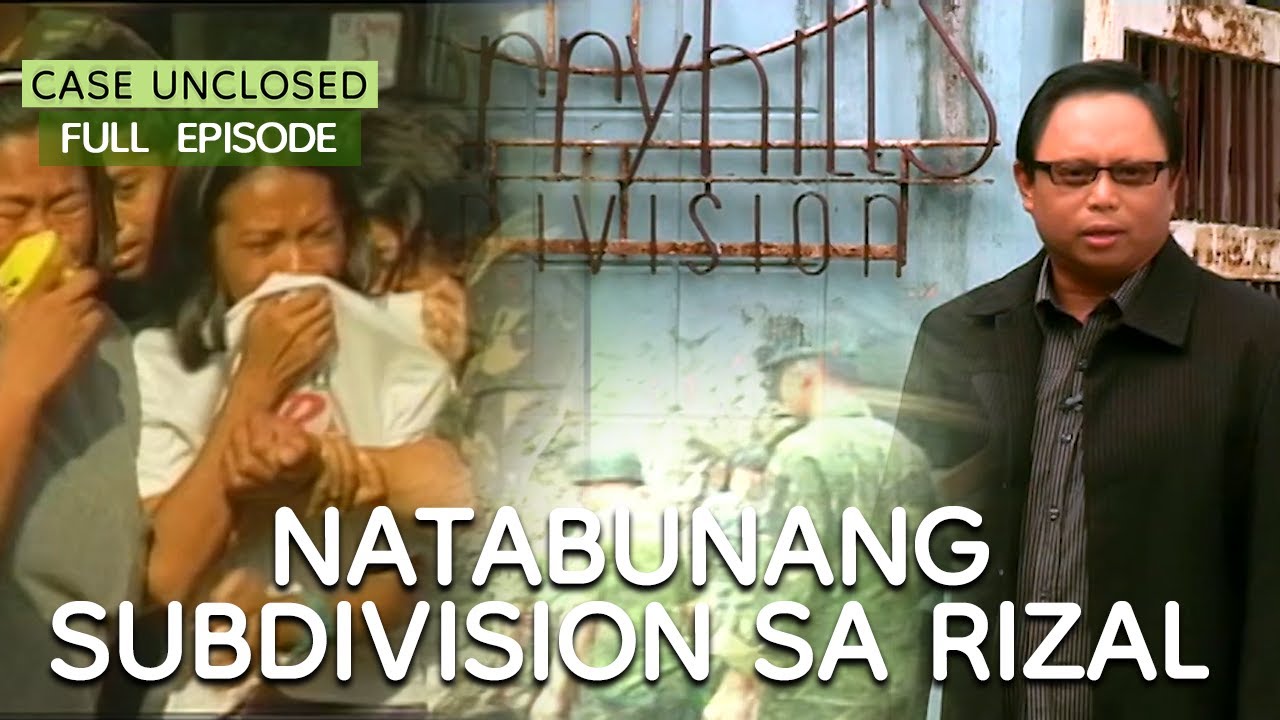The Quick Clay Landslide at Rissa - 1978 (English commentary)
Summary
TLDRThis documentary recounts a dramatic quick clay landslide in Rissa, Norway, in 1978. It explains how the unique conditions of marine clay deposits, shaped by glaciers and salt levels, can lead to landslides, posing risks to life and property. The video highlights the catastrophic event, with rare amateur footage capturing the landslide as it unfolded, destroying farmland and homes. The film also covers the geotechnical investigations, emergency response, and stabilization efforts that followed, aiming to prevent future disasters in areas with quick clay deposits.
Takeaways
- 🌍 The documentary discusses the significant risk posed by quick clay landslides in Norway, specifically highlighting their potential to cause loss of life and property.
- 🧊 During the last glaciation, large parts of the Northern Hemisphere were covered in glaciers, including a 3,000-meter-thick ice cap in Scandinavia.
- 🏞️ After the glaciers retreated around 11,000 years ago, marine clay deposits were formed in fjords and rose above water due to isostatic land uplift.
- 🌾 These marine clay areas, now valuable farming land, are heavily populated and prone to erosion and landslides.
- 💧 Quick clay is strong in its natural state, but if overloaded, it can collapse, leading to liquefaction and landslides, especially when salt concentration drops below 1g per liter.
- 📽️ The Rissa landslide of 1978 is the focus of the documentary, with amateur footage capturing the event for the first time in history.
- 🚜 The slide, caused by the weight of earthworks, spread over a 450-meter-wide area, destroying farms and homes as the liquefied clay rushed into the nearby lake.
- 🚁 Rescue efforts involved helicopters and evacuations, with 40 people in the area at the time of the landslide, though only one fatality occurred.
- 🔍 Geotechnical investigations were conducted after the slide to assess stability and remaining quick clay deposits, leading to stabilization work, including blasting and flattening of slopes.
- 🏡 Despite the devastation, within four years of the landslide, compensation was provided, new homes were built, and the affected area was rehabilitated for farming, with ongoing efforts to map and mitigate future quick clay landslides.
Q & A
What is the primary issue with marine clay deposits in Norway?
-The primary issue with marine clay deposits in Norway is the occurrence of quick clay slides, which pose serious risks, including potential loss of life and property damage.
What causes quick clay to become unstable and lead to landslides?
-Quick clay becomes unstable when the salt concentration in its pore water drops below 1 g per liter, causing the clay particle structure to collapse. This leads to remolding of the clay, drastically reducing its strength and triggering landslides.
How do glacial and marine processes contribute to the formation of quick clay in Norway?
-During deglaciation around 11,000 years ago, melting glaciers brought suspended material into fjords where silt and clay were deposited in marine environments. Isostatic uplift then raised these marine clay deposits above sea level, leading to the formation of quick clay.
What role does salt play in the stability of quick clay?
-Salt helps maintain the stability of quick clay by altering the interaction between the minerals and the pore water. When salt is removed through leaching by freshwater, the clay loses its strength, making it more susceptible to remolding and landslides.
What triggered the Rissa quick clay landslide in 1978?
-The Rissa quick clay landslide was triggered by the construction of a new wing on a farm. The excavation displaced about 700 cubic meters of soil, and the additional load caused a section of shoreline to slide into Lake Botn, initiating a retrogressive landslide.
How was the Rissa landslide captured on film?
-The Rissa landslide was captured on film by two amateur photographers who happened to be nearby. One of them recorded the initial slide and subsequent movements, providing the first footage ever of a quick clay landslide as it happened.
What were the immediate consequences of the Rissa landslide?
-The Rissa landslide covered an area of about 330,000 square meters and caused the destruction of seven farms and five homes. It also created large waves that damaged a village 5 km away. Only one person was killed, but many were displaced.
How was the area stabilized after the Rissa landslide?
-The area was stabilized by blasting the remaining quick clay terraces to cause controlled liquefaction and remove the unstable clay. Additionally, mechanical flattening of the surrounding slopes was performed to ensure the area's safety.
What steps were taken to prevent future quick clay disasters in Norway?
-Following the Rissa landslide, a national project was initiated to map quick clay deposits across Norway. This mapping aimed to identify high-risk areas and reduce the number and extent of future quick clay disasters.
How were the victims of the Rissa landslide compensated?
-The families affected by the Rissa landslide received compensation from the national disaster agency and their insurance companies. New homes and farms were built, and within four years, the area had largely returned to normal.
Outlines

Этот раздел доступен только подписчикам платных тарифов. Пожалуйста, перейдите на платный тариф для доступа.
Перейти на платный тарифMindmap

Этот раздел доступен только подписчикам платных тарифов. Пожалуйста, перейдите на платный тариф для доступа.
Перейти на платный тарифKeywords

Этот раздел доступен только подписчикам платных тарифов. Пожалуйста, перейдите на платный тариф для доступа.
Перейти на платный тарифHighlights

Этот раздел доступен только подписчикам платных тарифов. Пожалуйста, перейдите на платный тариф для доступа.
Перейти на платный тарифTranscripts

Этот раздел доступен только подписчикам платных тарифов. Пожалуйста, перейдите на платный тариф для доступа.
Перейти на платный тарифПосмотреть больше похожих видео

5 Massive Landslides Caught On Camera

Cassandra Green - A Poverty Crisis: USA VS Norway

Vajont Dam : The Deadliest Dam Tragedy in Human History

TRAGEDI LEUWIGAJAH - TRAGEDI SAMPAH TERPARAH KEDUA DI DUNIA

CHERRY HILLS TRAGEDY | Case Unclosed

"It's Unbelievable." The Entire Chess World Is Speechless Right Now
5.0 / 5 (0 votes)
